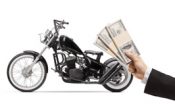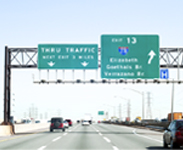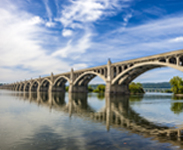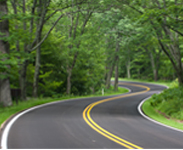Motorcycle Education & Training For Riders
Motorcycle education and safety is a very important part of riding. Here are some resources to help keep you safe when you’re out enjoying the ride. We have developed this motorcycle education section to share helpful links and information with motorcycle riders. We have gathered motorcycle education resources and safety awareness information to help keep you riding safely.
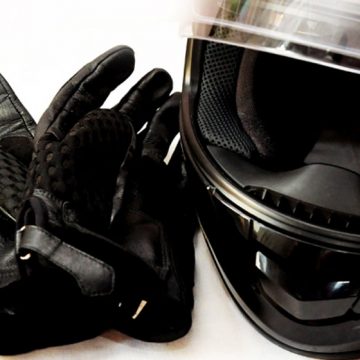
Motorcycle Safety
At Rider, we understand the importance of motorcycle safety. Click below for information on motorcycle safety apparel, motorcycle safety awareness, and motorcycle theft protection.
Helmets. A helmet is the best protective gear you can wear while operating a motorcycle. It not only will protect you from potential injury, but also will reduce wind noise, windblast on your face and eyes, and deflect bugs and other debris that fly through the air. When taking a helmet into consideration, make sure it has a DOT or SNELL sticker on either the inside or the outside of the helmet. The sticker means that the helmet adheres to the safety standards of the U.S. Department of Transportation.
Eye Protection. Proper eye protection is necessary when operating a motorcycle. An approved shield, pair of goggles, or shatterproof glasses is recommended because of the risks of injury to your eyes. If your eye protection is tinted for operating in the bright sun, bring along an extra set of clear eyewear in case you operate at night.
Gear. When riding a motorcycle make sure you wear protective gear and clothing that will minimize the extent of injuries in case of an accident or skid. Wearing a sturdy jacket, long pants, boots, and gloves are your best bet for optimal protection. Brightly colored clothing is the best option when riding because it allows you to stand out in traffic.
Riding Conditions. Before you go riding, watch your local weather reports for potential weather dangers, such as rain, snow, strong winds or other weather hazards. If there is a potential danger it is best to leave your bike home.
Be Aware. When operating a motorcycle be aware of regulations and laws such as safety gear and helmet requirements. Information regarding laws and regulations can be obtained from the Department of Motor Vehicles. Do not operate a motorcycle if you are under the influence of drugs and/or alcohol, or are fatigued.
Motor vehicle thefts are on the rise, and motorcycles are among the vehicles targeted. Thieves steal motorcycles to resell the whole motorcycle, or to strip it and sell it for parts. Motorcycles are targeted because they are small, lightweight, and relatively easy to move. Determined thieves will find a way to steal your motorcycle if they really want it, but there are preventive steps you can take to protect your investment.
Keep your Bike out of Sight. Keeping your motorcycle in a locked garage is your best option, but this is not an option for everybody. If you are keeping your motorcycle parked outside, it should be kept in a well-lit area, out of direct view from the street, and covered with a brand/logo-free cover. In addition, a cable lock should be used at all times whether the bike is in a garage or on the street.
Lock your Bike to a Stationary Object. Even if you have your bike locked in a garage when not in use, it is still a good idea to lock your bike to something immovable. When using a chain or cable lock, be sure to loop it through the frame or another stable part of the bike. When you are out riding and you park your motorcycle outside, always use your steering lock and park it in a place where you can see it. Also, when you are on the road do not leave unattended valuables on the motorcycle.
Alarms. Many dealers sell motorcycles with alarms as standard features to ensure you will find your bike where you left it. An alarm alone is not enough of a deterrent, but when combined with other methods it will make a thief think twice about stealing your motorcycle.
Making sure that your motorcycle is fit for the road is just as important as practicing safe riding. Performing a pre-ride check is recommended so you can address a problem or potential problem in the garage rather than when you are on the road. There is not much to maintain on a day-to-day basis on a modern motorcycle, but the following checklist will help ensure that your motorcycle is in good working order. You should always bring your bike to an authorized service provider for its regular service maintenance.
Tires. Tires are the most important part of your motorcycle. Check the surface of the tire for any cracks in the rubber, signs of wear on the tread, or foreign objects. Check tire pressure with a good gauge.
Brakes. Test the front and rear breaks. Each brake should feel firm and hold the motorcycle still when fully applied.
Check the Controls. Cables are strong and rarely break, but check them for kinks, stiffness, or anything unusual about the operation.
Check the Lights. Make sure that all lights are functioning, including the headlight (low beam and high beam), the brake light and turn signals.
Fluids. Look for signs of oil or gas. Fluid levels should be checked weekly.
Horn. Test the horn.
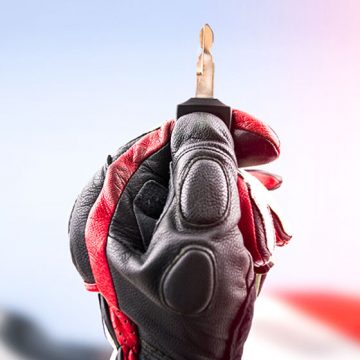
Motorcycle Training & Safety Courses
At Rider Insurance, we understand the importance of motorcycle safety and rider training. Learn more about motorcycle training courses and motorcycle safety courses by visiting the links below. Enjoy the road the right way. Ride safely!
Rider Safety Tips
Rider Education Videos and Rider Safety Information
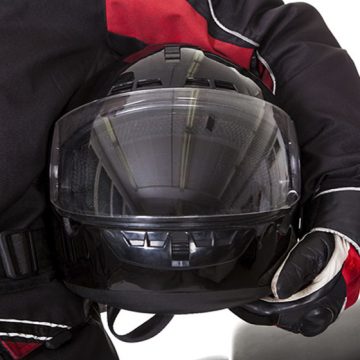
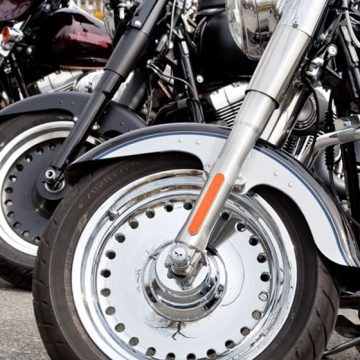
More Helpful Tips for Riders
Rider knows how important your motorcycle is to you. Visit our biker community page for helpful tips that will help you protect your motorcycle, keep it running smoothly and tips on buying or selling a motorcycle.

